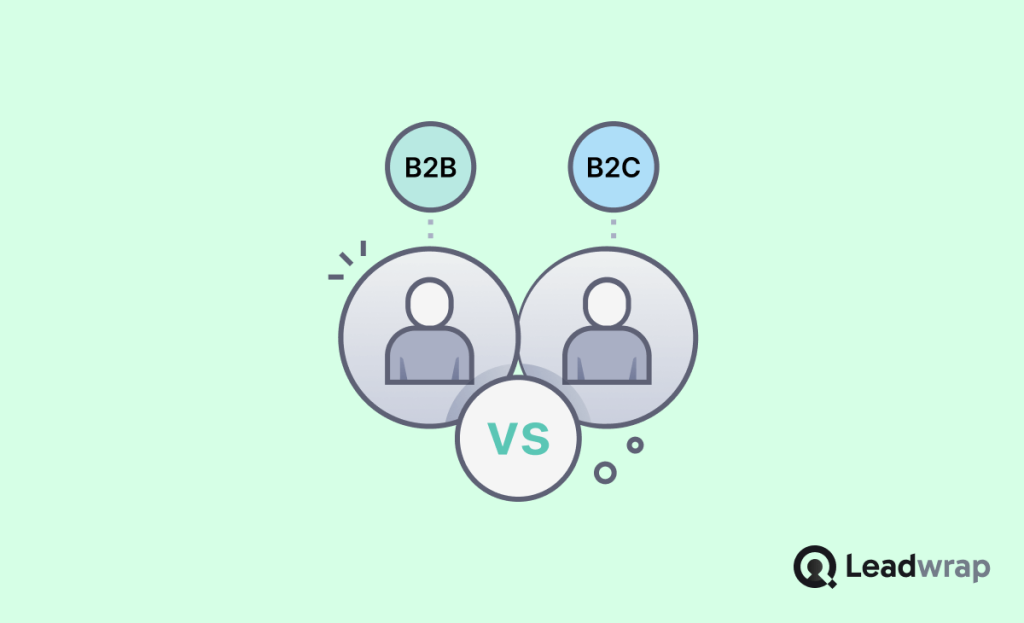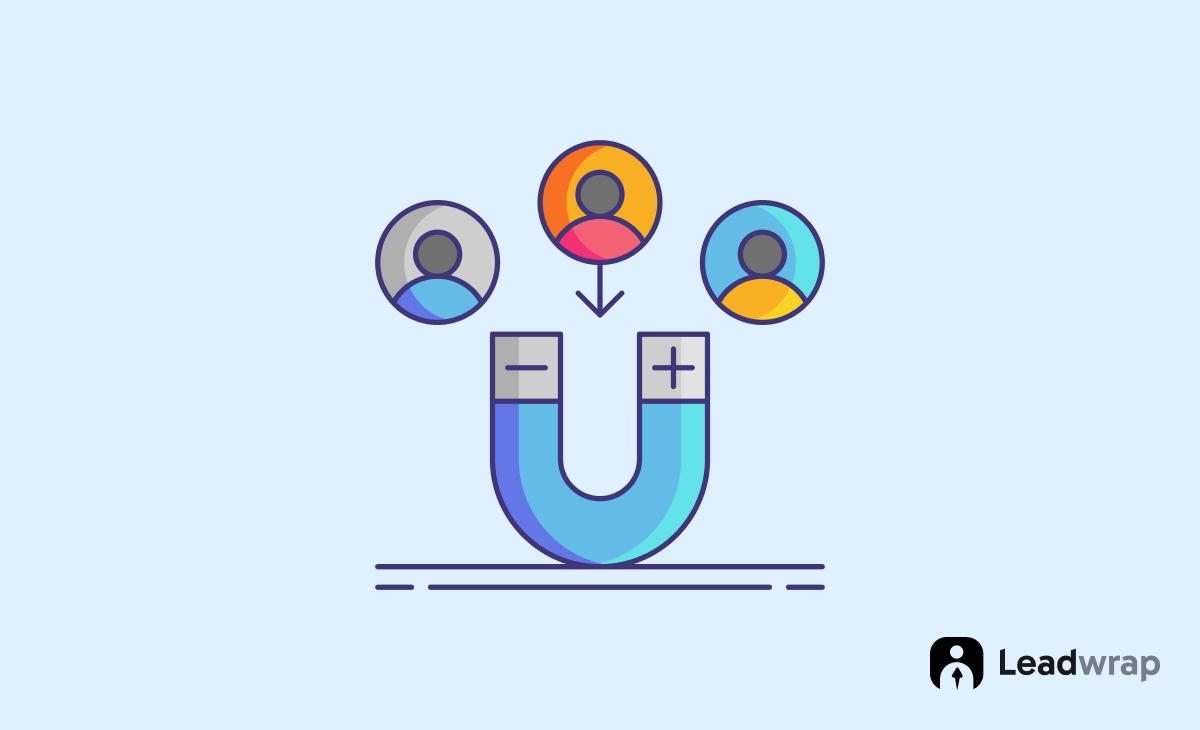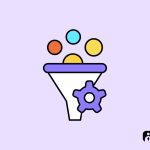
Have you ever wondered why selling to a business feels like a slow, strategic chess game, while selling to a consumer can be as quick as a swipe and a click? The way leads are generated, nurtured, and converted in B2B versus B2C is vastly different—what works for one can completely fail for the other.
A B2B company might spend months nurturing a single lead through multiple touchpoints, while a B2C brand can drive impulse purchases through a well-placed ad. If you’re using the wrong strategy for your audience, you’re not just wasting resources—you’re losing potential customers.
Understanding the key differences in lead generation for B2B and B2C businesses can help you fine-tune your approach, optimize conversions, and drive sustainable growth.
Let’s break down these differences and explore the best strategies for each.
Lead Generation Differences: B2B vs. B2C
Lead generation is the backbone of business growth, but the approach varies significantly between B2B and B2C markets. Understanding these differences helps businesses craft the right strategies for attracting and converting leads effectively.
i. Relationship building
B2B lead generation revolves around long-term relationships, trust, and credibility. Businesses need to nurture leads through consistent engagement, thought leadership, and personalized communication.
B2C lead generation focuses on immediate connections, emotional appeal, and mass-market engagement. The goal is to capture attention quickly and convert leads without prolonged interactions.
ii. Content strategy
B2B content marketing includes in-depth whitepapers, industry reports, and case studies that demonstrate expertise and value. Webinars and LinkedIn articles help establish authority.
B2C content marketing relies on short-form, engaging content such as social media posts, videos, and blogs. Influencer collaborations and product reviews play a key role in conversions.
iii. Lead qualification
B2B lead qualification is a complex process involving lead scoring, detailed profiling, and CRM integration. Businesses focus on high-value prospects with long-term revenue potential.
B2C lead qualification is simpler, often based on consumer behavior, website interactions, and purchase history. Retargeting campaigns help re-engage potential buyers.
iv. Advertising approach
B2B advertising prioritizes LinkedIn Ads, Google Ads, and account-based marketing (ABM). Targeting is precise, focusing on job titles, industries, and business needs.
B2C advertising emphasizes social media, influencer partnerships, and PPC campaigns. Facebook, Instagram, and TikTok drive direct engagement with broader audiences.
v. Customer journey and conversion
B2B customers move through a structured buyer’s journey—awareness, consideration, and decision—requiring lead nurturing, consultations, and demos.
B2C customers make faster purchasing decisions, often influenced by urgency, social proof, and convenience. Discounts, limited-time offers, and one-click checkouts boost conversions.
Conclusion
B2B and B2C lead generation differ in their approach, targeting, and sales cycles. B2B focuses on nurturing relationships with key decision-makers through personalized outreach, while B2C relies on emotional triggers and broad audience engagement.
The longer B2B sales cycle requires trust-building strategies like content marketing and networking, whereas B2C thrives on immediate conversions through ads and promotions. Understanding these differences helps businesses optimize their lead generation efforts for maximum impact in their respective markets.




